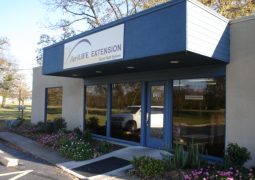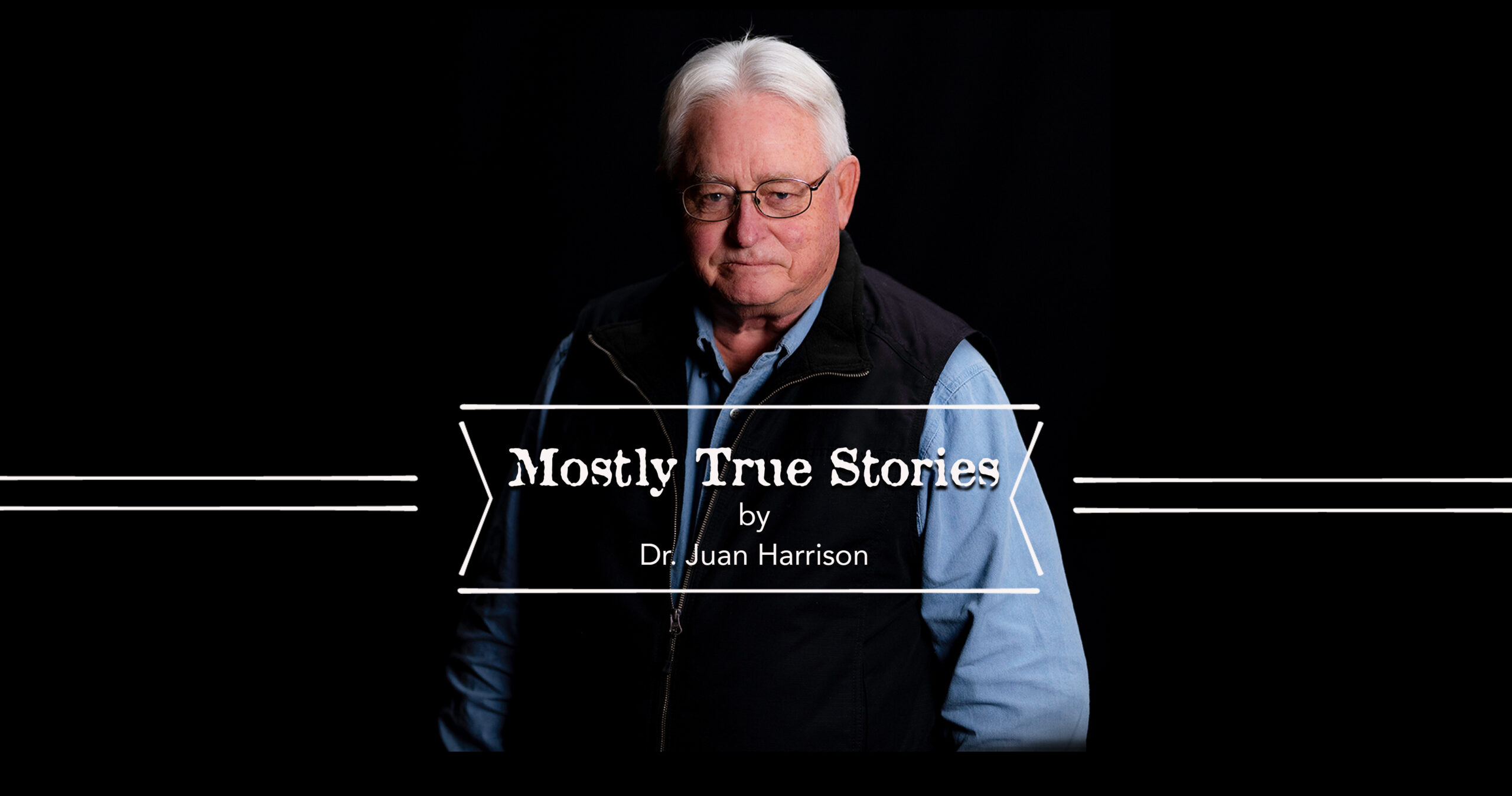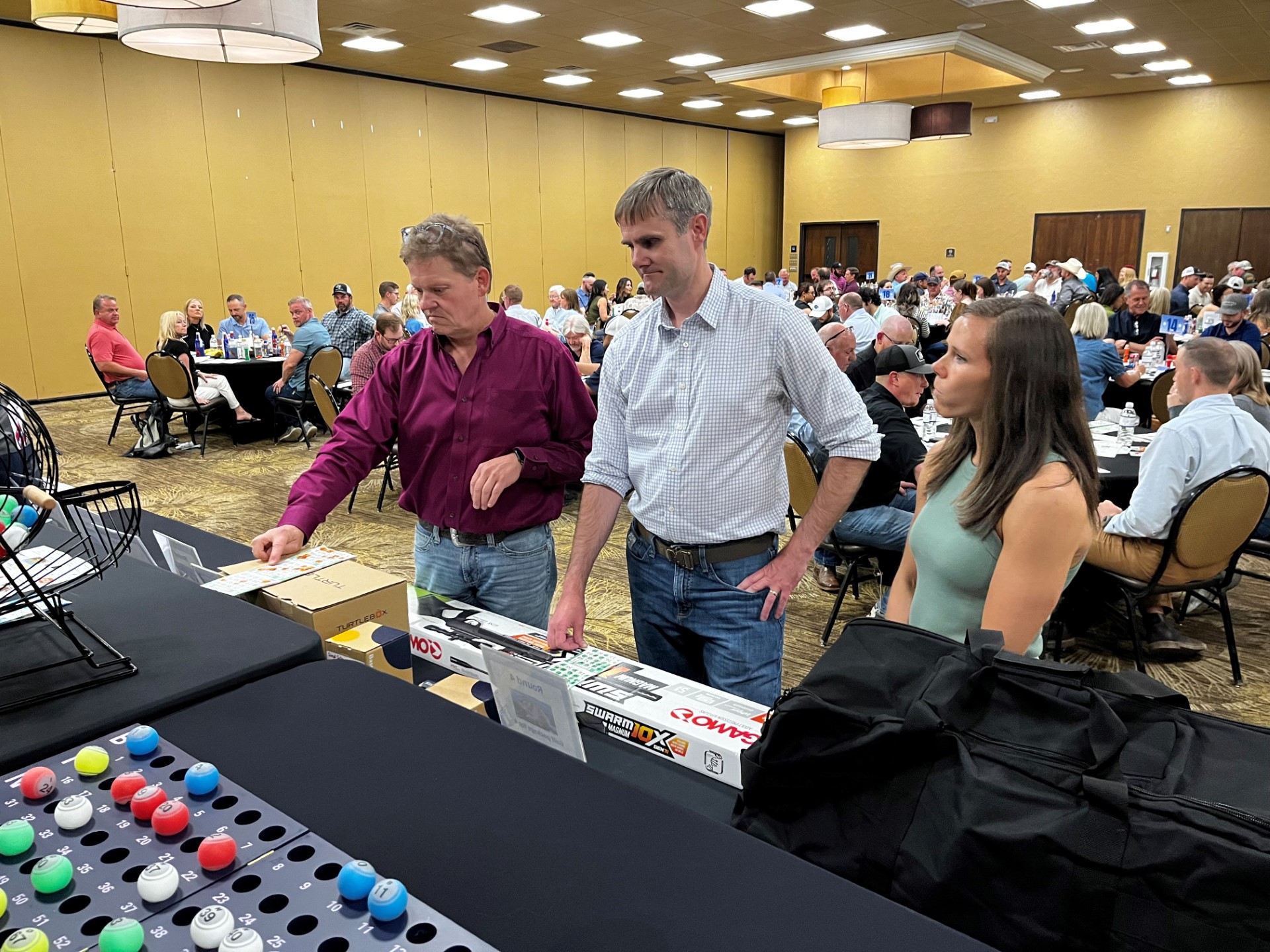2019 Hopkins County Livestock and Forage Education by Dr. Mario A. Villarino, County Extension Agent for Agriculture and Natural Resources

[adning id=”33097″ padding=”15″]
[adning id=”33099″ fixed=”1″ size=”full”]

Relevance: Livestock and forage production is a 3.9 billion dollars industry in the Central Region. Livestock and forage enterprises are affected by climate and market variability. Hopkins County currently has more than 100,000 head of cattle with 27,000 head of those been dairy cattle. Due to environmental requirements of federal and state authorities, Hopkins County dairy operators must maintain environmental requirements for operation as part of the DOPA region.
[adning id=”33207″]
Response: This plan collaborated with diary (Dairy Farmers of America, Southwest Dairy Museum) and beef organizations (NETBIO) to determine and conduct educational efforts needed for the successful operation of livestock farms and ranches. Texas livestock and forage producers and related agribusinesses effectively evaluate and adopt research-based technology applications and best management practices for sustainable and profitable livestock management systems. Livestock producers improve knowledge of production and management systems to improve quality, profitability, and sustainability.
- This plan was targeted to 350 beef producers, 150 private applicators, 60 dairy producers and 60 landowner seeking private applicator accreditation. A component of consumer awareness of beef consumption was included (1,200 attendees).
Texas A&M AgriLife Extension Service in Hopkins County developed the following educational
programs to educate beef and dairy producers on specific aspects of animal science.
- Beef Up, May 10 (115 participants)
- Ranching for Profit Workshop, June 29 (60 participants) (with Farm Bureau)
- Grassland Tours (3), April 26, June 7, October 18 (75 participants)
- Ribeye Round-Up, October 4 (1, 200 attendees)
- 36 News Articles and 2 Newsletters highlighting Pesticide Private Applicators relevant information
- Dairy Industry Tour (with Texas Association of Dairymen), October 21 (35 participants)
- Dairymen Fall Conference (Dairy Outreach Program Area), October 30 (30 participants)
- Pesticide Private Applicator CEU, November 6 (115 participants)
- Pesticide Private Applicator CEU Evaluation, November 6 (86 completed the
evaluation)
- Result Demonstration on preconditioning of cattle.
- 4 Pesticide Private Applicator Trainings, Feb 13, May 13, August 13, December 11 (65 participants)
- 36 News Articles and 2 Newsletters highlighting Pesticide Private Applicators relevant information
Programs were marketed through all available means of mass communications with area and local outlets. Partnerships between Texas Parks and Wildlife, NRCS, Farm Service Agency, Farm Bureau
and Texas A&M AgriLife Extension Specialist were utilized to aid in planning and implementing
specific educational efforts.
Results:
A retrospective post survey was utilized to measure knowledge gained and adoptions of best practices. A total of 75 of 115 (65%) (Beef Up Program) participants completed the retrospective post survey instrument.
- 69% (52/75) of respondents plan to take actions or make changes based on the information presented in this program.
- 92% (69/75) of the respondents anticipate economic benefit as a direct result of what they learned from this program.
- 86% (65/75) of the respondents said that the information and programs provided by extension were quite or extremely valuable for them.
- 81% (61/75) of the respondent said that the opportunity to network with experts and other participants with similar interests was quite or extremely valuable to them.
- 99% (74/75) of respondent would attend another subject offered by extension if it addressed a specific need or interest of theirs.
A retrospective post survey was utilized to measure knowledge gained and adoptions of best practices. A total of 74 of 86 (86%) (Pesticide CEU Course) participants completed the retrospective post survey instrument.
- 61% (53/86) of participants plan to take action or make changes based on the information delivered during this program.
- 55% (48/86) of participants anticipated economic benefit as a direct result of what they learned from this Extension activity.
- 76% (66/86) of participants indicated that the information provided by Extension was extremely valuable.
Acknowledgements: Special thanks to the all the presenters for their time and expertise. In addition, appreciation is expressed to NETBIO and Farm Bureau committees for their guidance and support of Extension programming within the county.
Article by Dr. Mario A. Villarino, County Extension Agent for Agriculture and Natural Resources in Hopkins County, Texas.
[adning id=”33207″]














